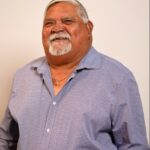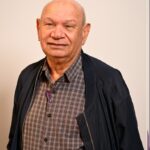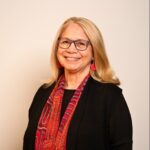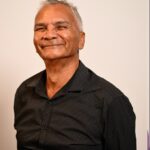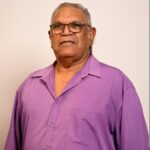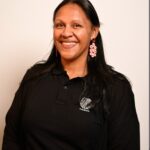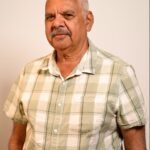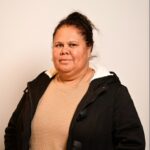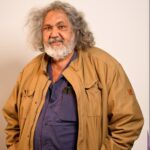National Agreements
Closing the Gap
Partnership Agreement
In March 2019, a formal Partnership Agreement was established between the Council of Australian Governments (COAG) and the Coalition of Peaks.
The Coalition of Peaks is a representative body of over 50 Aboriginal and Torres Strait Islander community-controlled peak bodies, and is an equal partner alongside governments in all matters relating to Closing the Gap. Currently, the Aboriginal Health Council of Western Australian (AHCWA) is the sole Western Australian representative on the Coalition of Peaks.
The Partnership Agreement outlines how the Council of Australian Governments (COAG) and the Coalition of Peaks work and share decisions together on the design, implementation and monitoring of Closing the Gap strategies and policies.
This brings both opportunity and responsibility for stakeholders as Aboriginal people and governments are sharing decisions on Closing the Gap, under a formal agreement.
The Partnership Agreement is based on the shared beliefs that:
- When Aboriginal people are included and have a genuine say in the design and delivery of services that impact on them, the outcomes are better;
- Aboriginal people need to be at the centre of Closing the Gap policies, to bring about change to matters that affect them, and;
- Two way communication is imperative for priority reforms to take shape.
National Agreement on Closing the Gap
Under the Partnership Agreement, it was agreed that the National Indigenous Reform Agreement, an Agreement signed by Australian governments in 2008 setting out the original Closing the Gap strategy, needed to be replaced by a new National Agreement focussing on genuine partnership and involvement of Aboriginal people and their communities.
In July 2020, the Joint Council finalised the National Agreement on Closing the Gap (National Agreement).
The National Agreement is an ambitious and historic commitment that has equitable outcomes for Aboriginal people at its centre.
It is an essential long-term reform in the way that governments across the country work with Aboriginal people and it sets a clear path for change.
The National Agreement has been driven by a partnership between Aboriginal people and all Australian governments, and it must be the overarching framework for all Aboriginal Affairs policy activities from all governments into the future.
Previous Closing the Gap initiatives were focussed only on socio-economic targets, however the new National Agreement has four Priority Reforms at its centre.
The focus on reform is based on the belief that meaningful and sustainable improvements in outcomes for Aboriginal people cannot be achieved without transformational changes in the way governments work with Aboriginal people and their communities.
The four Priority Reforms that are guiding the National Agreement are:
- Priority Reform 1: Shared Decision Making and Partnership – Developing and strengthening structures so that Aboriginal people share decision-making with governments on Closing the Gap.
- Priority Reform 2: Building the Aboriginal Community-Controlled sector – Building formal Aboriginal community-controlled service sectors to deliver Closing the Gap services.
- Priority Reform 3: Transforming mainstream institutions – Ensuring mainstream government agencies and institutions that deliver services and programs to Aboriginal people undertake systemic and structured transformation to contribute to Closing the Gap
- Priority Reform 4: Increasing access to data – Ensuring Aboriginal people have access to, and the capability to use, locally relevant data and info to monitor the implementation of the Priority Reforms, socio-economic targets, and drive local priorities.
In addition to the Priority Reform targets, the National Agreement establishes 17 targets under the 17 socio-economic outcome areas to bring focus to new areas and monitor progress in improvements in the lives of Aboriginal people.
The socio-economic outcomes are focused on areas including education, employment, health, and well-being, justice, safety, housing, land and waters, as well as Aboriginal and Torres Strait Islander languages.
